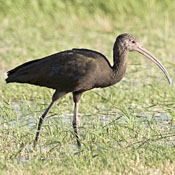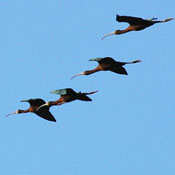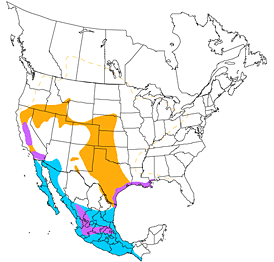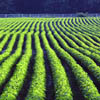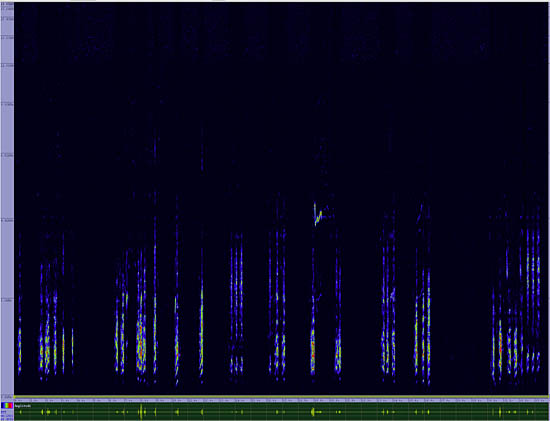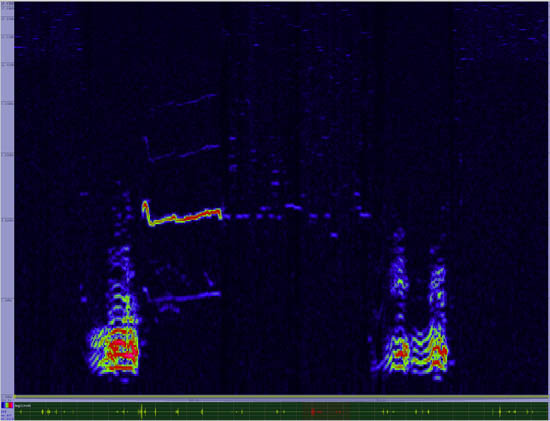White-faced Ibis
Plegadis chihi

Long Legged Waders
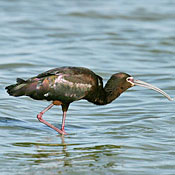
Length: 23 in. (58 cm )
An inhabitant of shallow marshy areas, flooded fields and ponds, the White-faced Ibis uses its long legs to wade in the water. It forages in small groups by methodically pushing its long curved bill in and out of the mud and capturing crustaceans, snails, snakes, and insects. In flight, they often fly in long lines or \V\ formation. This ibis nests colonially, often with other species of herons and egrets. The nest is bulky, made of sticks and aquatic vegetation and placed low in shrubs or trees near the water.
The four-digit banding code is WFIB.
Bibliographic details:
- Article: White-faced Ibis
- Author(s): Dr. Biology
- Publisher: Arizona State University School of Life Sciences Ask A Biologist
- Site name: ASU - Ask A Biologist
- Date published:
- Date accessed: 4 December, 2025
- Link: https://askabiologist.asu.edu/activities/bird/white-faced-ibis
APA Style
Dr. Biology. (). White-faced Ibis. ASU - Ask A Biologist. Retrieved from https://askabiologist.asu.edu/activities/bird/white-faced-ibis
Chicago Manual of Style
Dr. Biology. "White-faced Ibis". ASU - Ask A Biologist. . https://askabiologist.asu.edu/activities/bird/white-faced-ibis
MLA 2017 Style
Dr. Biology. "White-faced Ibis". ASU - Ask A Biologist. . ASU - Ask A Biologist, Web. https://askabiologist.asu.edu/activities/bird/white-faced-ibis
Be Part of
Ask A Biologist
By volunteering, or simply sending us feedback on the site. Scientists, teachers, writers, illustrators, and translators are all important to the program. If you are interested in helping with the website we have a Volunteers page to get the process started.



